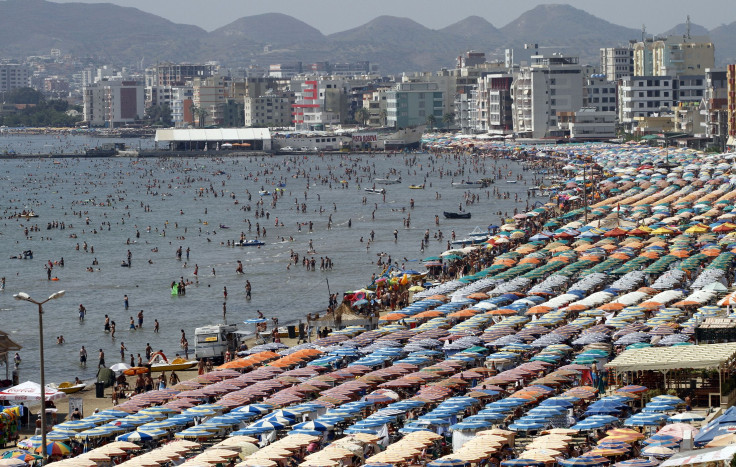International Tourist Arrivals Exceed Expectations In First Half Of 2013

The year is off to a terrific start as far as the global travel and tourism industry is concerned. In fact, according new figures from the U.N. World Tourism Organization, or Unwto, international arrivals surged by 5.2 percent to nearly half a billion people over the first six months of 2013, exceeding earlier expectations of about 3.5 percent growth.
Some 494 million people spent at least one night outside of their country between January and June, 25 million more than the year before. The U.N. agency said growth was strongest in emerging economy destinations (6 percent) compared to advanced economies (4 percent), following a similar trend in recent years.
“The fact that international tourism grew above expectations confirms that traveling is now part of consumer patterns for an increasing number of people in both emerging and advanced economies,” Unwto Secretary-General Taleb Rifai said in a statement. “This underlines the need to rightly place tourism as one of the key pillars of socio-economic development, being a leading contributor to economic growth, exports and jobs.”
Though the overall picture was mixed in the face of a still uneven global economic environment, nearly every region and subregion reported positive tourism growth, a marked change from previous years. Europe bounced back particularly strong in the first six months of 2013 thanks to a whopping 10 percent growth in Central and Eastern Europe and modest growth of 6 percent in Southern and Mediterranean Europe. Asia-Pacific also exceeded expectations thanks to 12 percent growth in Southeast Asia and 7 percent growth in South Asia.
Growth in the Americas, meanwhile, was weaker than anticipated at just 2 percent. South America and the Caribbean remained static, while Central America performed above the region’s average at 4 percent.
Africa sustained its average of 4 percent growth in recent years over the first half of 2013 thanks to the continued recovery of North Africa and positive results from Sub-Saharan destinations. The neighboring Middle East showed the highest growth of all regions at 13 percent after two years of negative figures. Yet, these numbers are likely to drop in the second half of 2013 amid recent unrest in popular destinations such as Turkey and Egypt.
The BRIC nations of China (31 percent) Russia (22 percent) and Brazil (15 percent) all led growth in expenditure on travel abroad in both emerging and advanced economy destinations. Canada (3 percent) and France (2 percent), meanwhile, were the only traditional source markets to post positive growth, while the U.S., UK and Germany fell flat, and Japan, Australia and Italy posted negative figures.
Overall, the outlook was rosy. Unwto expects gradual growth to continue through December, particularly during the Northern Hemisphere high season months of July and August. As a result, the organization boosted its 2013 forecast to reflect a predicted overall year-end growth of 4 percent or higher.
© Copyright IBTimes 2025. All rights reserved.






















